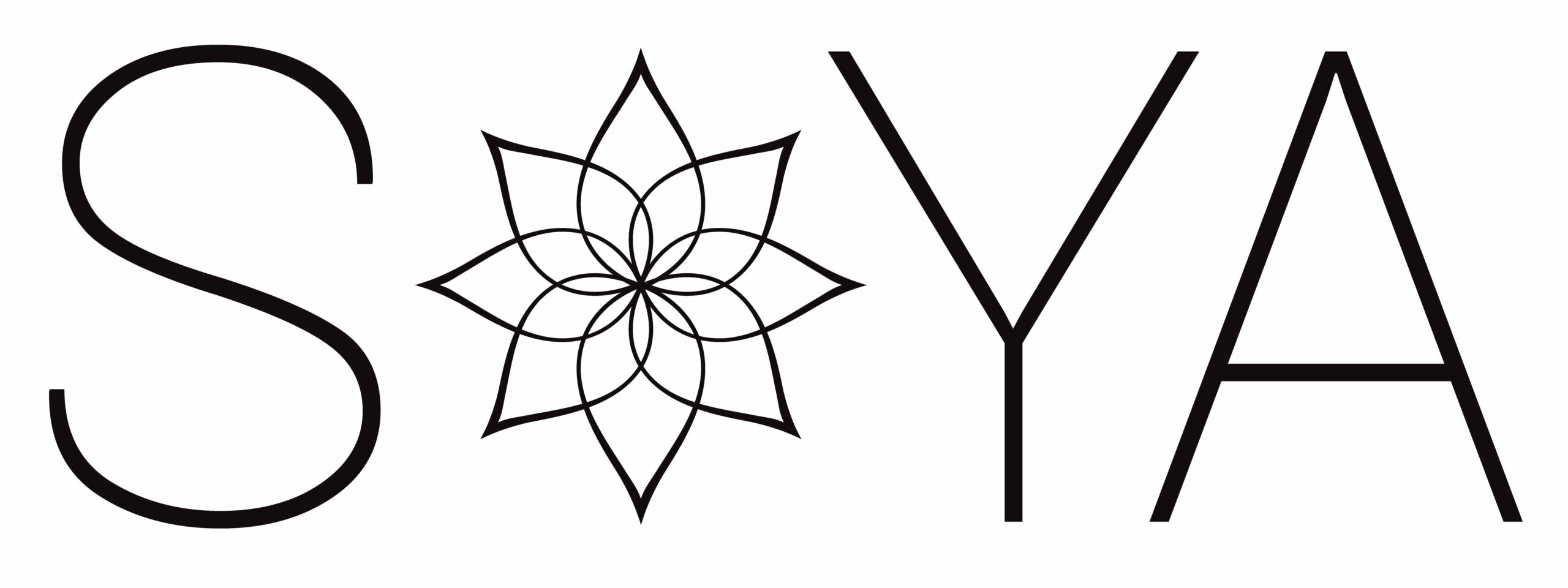Many graduates from the SOYA Teacher Training find themselves out in the community once teacher training is complete, receiving requests from all walks of life for yoga classes. In 2014, I was asked to teach yoga to Elders at the Prince George Native Friendship Centre.
After my first attempt to teach a conventional class to some of our Elders, one of them politely told me, “If you make me get down on the floor, I won’t be able to get back up again!” After a bit of trial and error we collaborated to create a class that is fun, accessible, and useful for seniors with a broad range of physical limitations and challenges. Here is an outline of things to consider when running a class for seniors.
Do create a welcoming environment! Your class may be a new and unfamiliar activity for your participants, and you will want them to feel safe.
Do consider providing water. It is easier for Elders to become dehydrated than it is for younger yogis.
Do consider reviewing the health survey with each Elder orally, rather than asking them to complete it in writing and hand it in. This is a great opportunity to get to know each participant better, to listen to their story of how they have come to participate in the class.
Do consider providing snacks or food. This is helpful for participants with blood sugar issues, and can provide valuable social connection for Elders who may be isolated, or living on modest incomes.
Do be open to questions and feedback during the class. Elders will be candid if they are not connecting with a pose or a cue, which is a great learning opportunity as a teacher to see if you can approach your description or demonstration in a different way.
Do be prepared for modifications! Elders with kyphosis / scoliosis, joint replacements, arthritis, or restrictions arising from injury or stroke may not be able to move readily into difficult hand mudras, backbends, etc.
Do be open to running classes that blend chair-based and non-chair based poses for Elders who may or may not be able to come down to the floor.
Do be ready to use props! Blocks and straps are helpful for modifying poses to allow for greater success. Blankets are a nice way for everyone to feel settled and grounded during a seated savasana.
Do be mindful of plans for coats, shoes, socks, etc. Elders who have not done yoga before may not know that it is traditionally done in bare feet, and will appreciate a “staging area” where they can store belongings. Be considerate that some participants, ie Elders with ulcer conditions in the feet due to diabetes, or heightened sensitivity to touch due to stroke complications, may find the bare foot expectation stressful, so make room for exceptions to the rules!
Do have fun and be real! Elders appreciate humor and levity in their classes.
Do move slowly in and out of poses, to allow tight and restricted joints and muscles to slowly release, and give Elders permission to stop in the pose at the point that feels best for them. Help them to learn about the first edge and deeper release points.
Do include simple hand mudras, pelvic floor engagement, breathing cues, resistance and release techniques, visualisations, pranayama, reading and meditations. Elders are very receptive to the “going within” aspects of yoga.

By Emma Faulkner, E-RYT500, SOYA Lead Trainer in Prince George. Emma will be co-leading the 200 hour Yoga Teacher Training in Prince George with Cindy Szekely this coming March.

Recent Comments